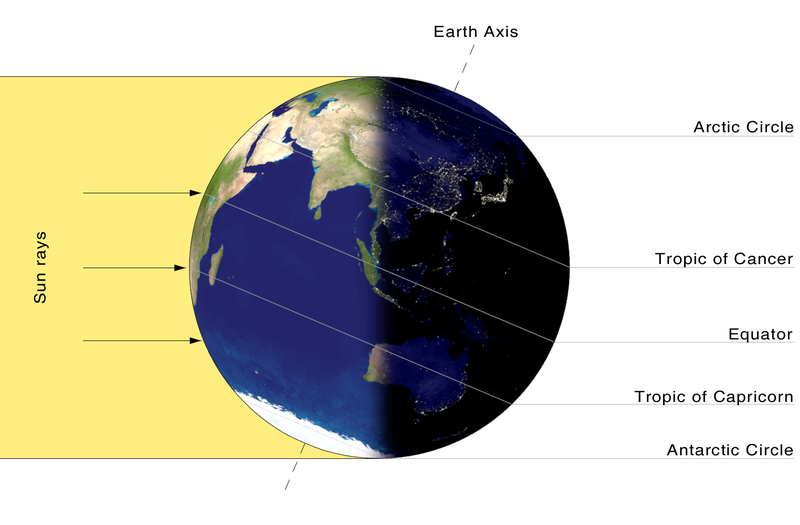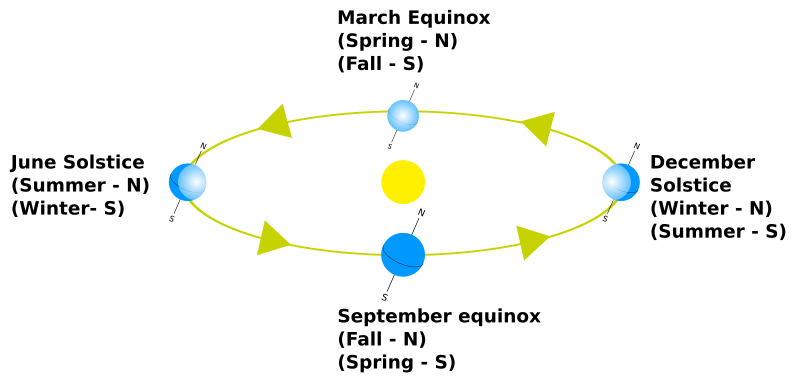1. First Animals Around 30 Million Years Earlier Than Previously Thought?
 |
| Credit: Richard Siemens |
Still controversial, there is new evidence to suggest that animals were already scootin' around the world 585 million years ago. Trace fossils (as in, fossils that aren't actual body parts) from Uruguay have been dated by Dr. Larry Heaman of the University of Alberta, and have surprised the world. These fossils, consisting of a trackway left by some bilaterial little animal, were dated via the granite-esque rock that was intermingled with the trickier-to-date sandstone around the trackway. This is a major discovery, if accurate. Previously, the first evidence for animal life in the fossil record was from 555 million years ago (Kimberella, another bilaterial little critter, this one from Russia). Dr. Heaman is no stranger to upsetting known paleontological time scales, however. He's the same scientist whose work suggests that sauropod dinosaurs (long-necks) survived past the asteroid collision by a good 700,000 years.
2. Set Your Clocks Back!...But Just By One Second.
Tonight we get to add a leap second to the year. At 11:59 pm tonight, your second hand will tick forward...but it won't be 12:00 am at that moment. It will be 11:60 pm. You'll have to wait an extra second to get to midnight. But why?
Short answer: the world is slowing down as it goes around the sun. That makes our years longer than they used to last. Leap seconds, unlike leap days, are not regularly added in on a four-year cycle to make up for our 365 day + 6ish hour trip around the sun. Leap seconds are added in to account for the slowing of the planet. See, Earth changes speed around the sun irregularly, because of things like tidal friction (our moon pulls on us, dontcha know), molten changes in our core, and even the occasional major earthquake shifting things around. Because of these itty bitty changes that don't follow a schedule, we sometimes just need to tweak the length of our year by a second. This year is one of those years, so get ready. Tonight, you have an extra second of time. Unlike the star of our final roundup story...
3. Time's Sadly Up for the Pinta Island Tortoise
Lonesome George, the last of the Galapagos giant tortoise subspecies (the Pinta Island Tortoise), passed away this week. This extinction was a long time coming. Lonesome George was first found in 1971, after the subspecies was already presumed extinct. He's spent the last forty years being cared for at the Charles Darwin Research Center, but was never able to produce any viable offspring with other tortoises, because of genetic differences.
The species was driven to extinction by human hunting and by vegetation loss from introduced goats overrunning their home island back in the 19th and early 20th century. This is yet another tragic, cautionary tale to us all to treat our world and its creatures respectfully. I just wonder how many more of these cautionary tales we'll need before human-triggered extinctions finally cease.









